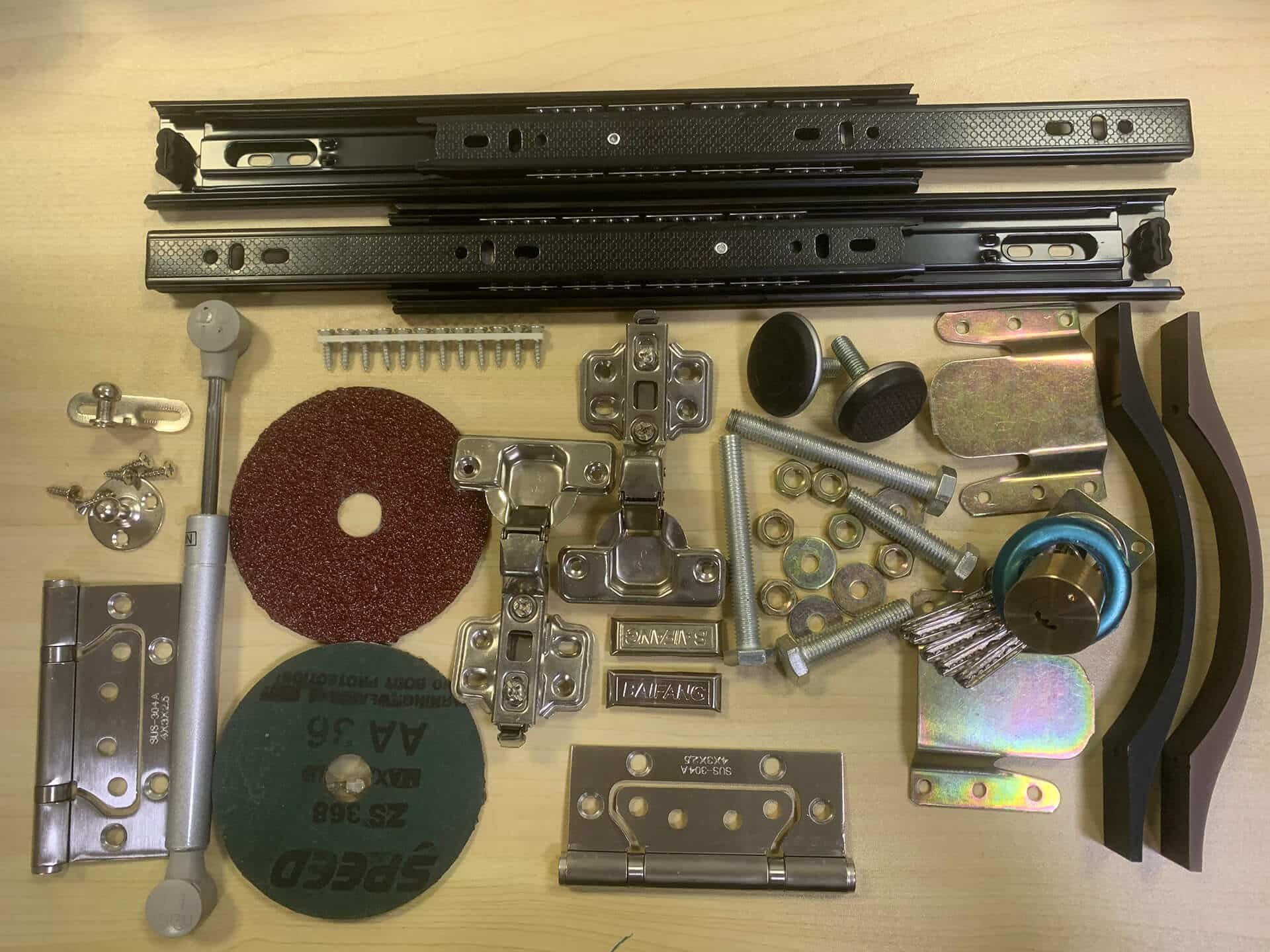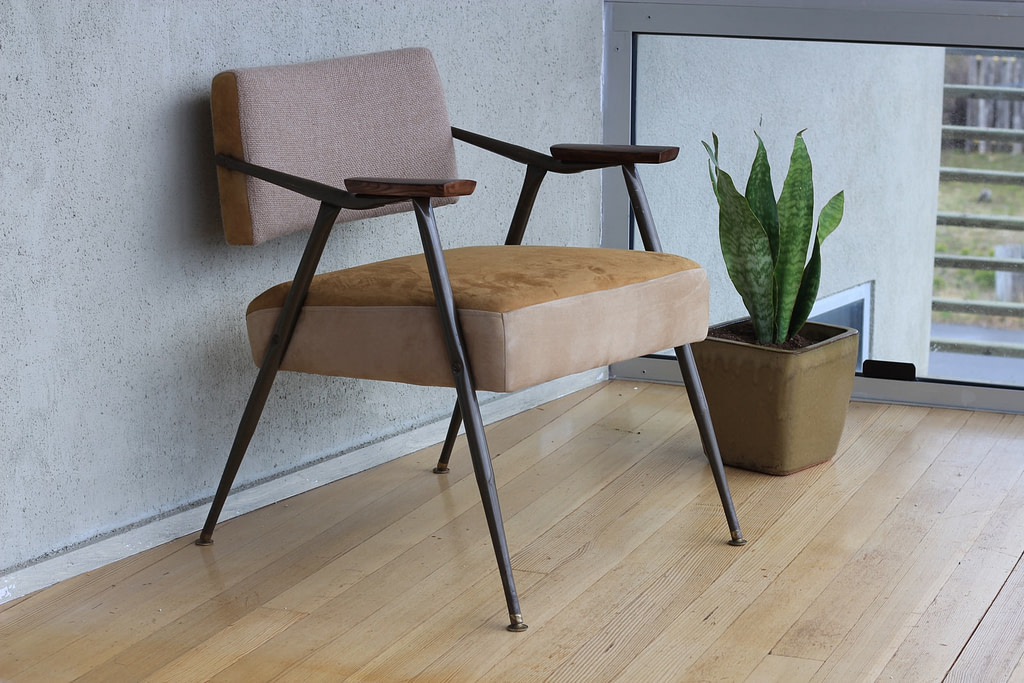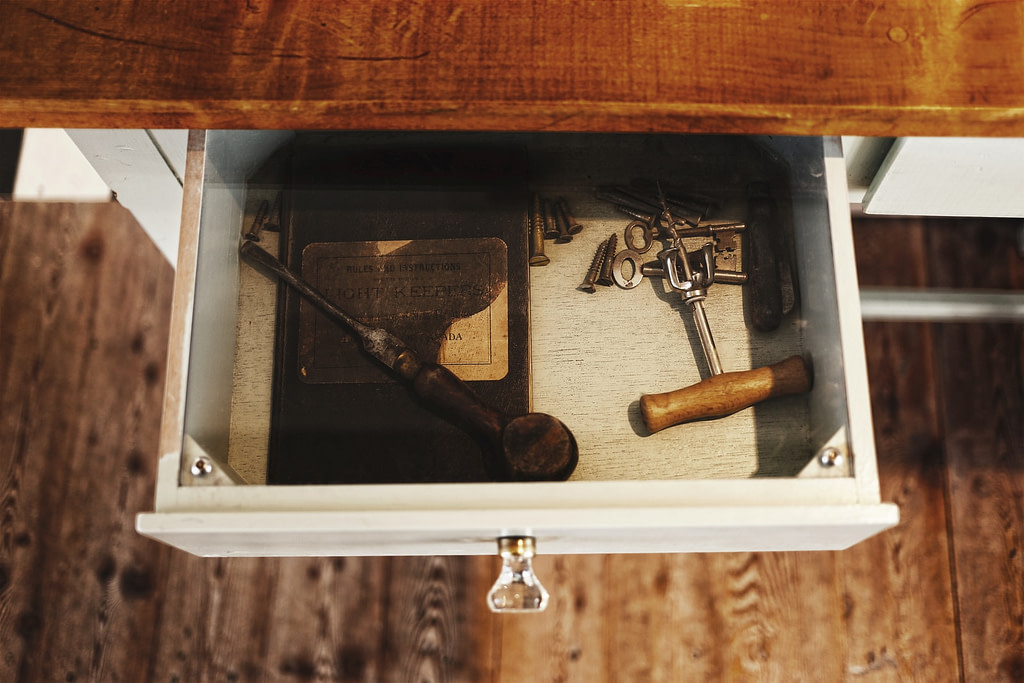Furniture hardware is a necessary component of furniture that allows it to appear and function properly.
There are methods to make a piece of furniture endure longer, from the fittings to the mechanics used to construct it, such as table legs and cabinet hinges.
Drawer pulls, knobs, hinges, locks, protecting corners, and ornamental bands and escutcheons on antique furniture often exhibit evidence of long, active usage.
Sometimes the hardware is gone, while other times it is loose, damaged, or twisted.
Loose furniture hardware may be fixed; however, missing or damaged parts must be replaced.
If you don’t like the current hardware, you can replace it.
Oftentimes, we have no time nor financial means to buy a replacement for our home furniture hardware.
The furniture repair is sometimes expensive and the trip to the hardware furniture store can also be exhaustive.
So the best thing we could do is to repair it instead.
In this part, we’ll go over several methods for rapidly replacing or repairing old home furniture hardware so that it works again.
1. How to Repair Home Furniture Hardware
1-1. Fixing wobbly chairs
1-2. Fixing hinges
1-3. Repairing loose metal bands
1-4. Amending broken drawer corners
1-5. Repairing drawer handles and pulls
1. How to Repair Home Furniture Hardware
Since not all home depot furniture hardware can do damage repair for your furniture hardware, knowing how to do it yourself comes in handy at times.
Continue reading to know how to repair different types of home furniture hardware yourself.
1-1. Fixing wobbly chairs
Chairs’ hardwood joints may become loose after years of being pushed and dragged to and from the dining table.
The first victims are often rungs protruding from the legs.
Few things are as unsettling as sitting on a shaky chair.
If gluing loose rungs and tightening furniture hardware isn’t enough, add right-angle corner braces.
The braces are available at home depot furniture hardware and hardware furniture stores for a few dollars for a four-pack.
If you wish to paint the bracing to match the chair, be sure you get the paintable type.
Label all the components of a chair that has a lot of loose joints using masking tape, then dismantle it with a clamp with a reversible jaw known as a spreader.
After you’ve separated the pieces, gently scrape away the dried glue before repairing, rebuilding, and reinforcing the joints.
Finally, rebuild the chair using high-quality wood glue.
If you want to visualize the instructions well, here is a step-by-step guide by Fixing Furniture:
1-2. Fixing hinges
The weight of a door may cause screws to slide out of their sockets and the hinges to become loose over time. Hinges are typical furniture hardware that requires maintenance and replacement over time.
Hinge pins that are not completely placed into the hinge barrel will move up and out of the hinge, resulting in a damaged door hinge.
If the wood filler and dowels do not resolve the broken door hinge issue, replace the hinge screws with screws of the same diameter and 2 or 3 inches in length, since the hinge screws may be too short to support the weight of the door.
Broken hinge pins are typically the cause of faulty hinges; in this instance, replace the hinges.
If the hinges are unfastened, try attaching them with slightly longer screws.
When the screw holes are significantly expanded, use one of the techniques described above to modify them.
If the hinge leaves are broken and the hinges cannot be replaced, epoxy or rubber- or silicone-based adhesive may be used to glue the hinges back into place.
Here is a step by step guide to understanding the steps better:
Inspect the damage
Examine the door hinge for any areas where it is loosened or hangs off the door or doorjamb.
The screw holes around the loose hinge or hinges must be fixed.
Remove the hinges and screws
Using a screwdriver, remove the screws that hold the door hinges to the door and the doorjamb.
As you unscrew the hinges, have a helper keep the door open.
Place the door on its side, hinge side up, toward you.
Measure the length of screws
The screws’ length should be measured. With a pencil, transfer this measurement to the wood dowel.
Place the dowel on a level work surface, with the end you’ll be cutting hanging off the side.
Allow your assistant to hold the end of the dowel while you cut it to size using a handsaw.
Generously apply wood glue
Insert the dowel piece’s end into the wood glue.
Next is to insert the adhesive end as far as it will go into the first screw hole.
Repeat this procedure to glue the remaining dowels into the screw holes.
Put wood filler
A tiny ball of wood filler and a 3/4-inch bead of hardener should be combined.
With a putty knife, apply a small layer of the mixed wood filler to the screw holes and keep adding thin layers until all of the spaces in the dowel-filled screws are covered.
Wait 30 minutes for the wood glue to dry before sanding the filled holes neat and even.
Install the hinges back
Ask your assistant to reposition the door so that the hinge side of the door is near the hinged side of the door frame.
Replace the hinges in their mortises in the door.
Drive the screws into the hinge screw holes and into the door until they are snug and will not move.
1-3. Repairing loose metal bands
Old bands and escutcheons typically have a lovely pattern and patina; don’t change them unless they’re severely damaged.
Here is how you can amend this furniture hardware.
Compress the adhesive caulking compound beneath the metal and push it down to bind it to the wood to fix a loose band or escutcheon.
If this doesn’t work, use small metal screws made of the same metal as the hardware to secure the band or escutcheon. Metals must be matched.
You can buy small metal screws in your nearest hardware furniture store.
If the screws are not matched to the metal frame, the metal will deteriorate. Use many screws in a pattern, drilling pilot holes before placing them.
1-4. Amending broken drawer corners
Dresser drawers are often constructed of thin, fragile pieces of timber, and the dovetail corners are infamous for separating.
This furniture hardware is typically damaged over time.
The hardwood is too thin to nail, and mounting it fractures or destroys the wood, making it much more difficult to connect.
Furthermore, the nails typically wind up sticking through the wood at an inclination and poking into your drawer.
The most effective repair begins with eliminating any nails from the edges.
Then, carefully pry the corner apart the rest of the way and sand away any residual old glue.
Apply wood glue to the corner, reassemble it, and tighten the drawer until the glue hardens. Apply beeswax around the bottom rail of the drawer to help it slide.
Here’s a video by A Ray of Sunlight to know more:
1-5. Repairing drawer handles and pulls
Remove the drawer pull and replace the screw with a longer one to tighten a loosely connected drawer pull.
If the screw is part of the pull, you’ll need to enlarge the hole in the board.
When the hole is just slightly expanded, use a solid fiber plug with the screws to tighten the pull.
Replace the screw after inserting a piece of solid-core solder into the hole for metal pulls.
When the opening is much too large, put wood toothpicks or tiny shavings of wood into it, with glue placed on the outside.
Allow the adhesive to cure before gently trimming them level with the wood surface. Adhesives are bought inexpensively on home depot furniture hardware.
Then, dip the screw of the pull into glue, reinstall the pull, and secure the screw tightly.
Expand the hole, attach a piece of dowel into it, then drill a new screw hole for a more thorough repair.
2. Takeaways
Repairing home furniture hardware can be a taxing task to do.
But with our comprehensive guide, we hope we were able to help you out to fix your damaged furniture.
Start little by little and you will achieve your desired outcomes.









0 Comments